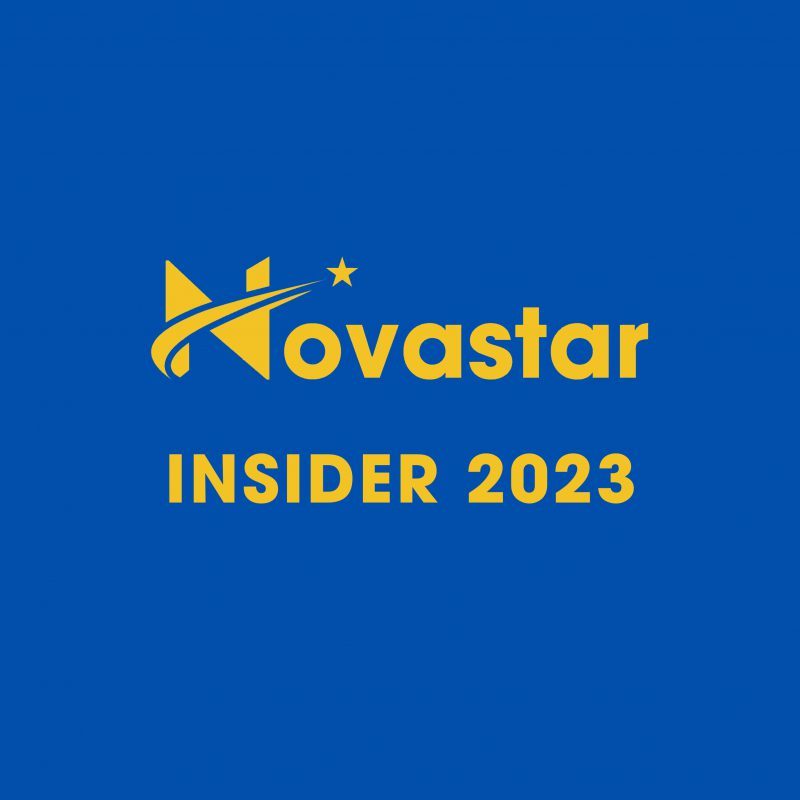- The Asia – Europe fleet grew 18% year-on-year
- MSC took over from Maersk as market leader growing 54%
- The combined market share of the three mega-alliances has fallen from 96% to 89%
- Further fleet growth is expected as not all extra vessels are in place yet for Cape reroutings
Chart of the week

MSC behind 50% of Asia-Europe fleet growth
At the start of February, 431 container ships were trading between Asia and Europe, representing a capacity of 6.33 Mteu (or 22% of the cellular container fleet). During the past twelve months, the Asia-Europe fleet has grown 19%.
While volumes on the headhaul trade (westbound) rose 7.8% in 2023, the 19% capacity increase on the route is obviously due to the addition of the extra ships which are needed to maintain a weekly sailing frequency for all the loops that are diverted via the Cape of Good Hope due to the crisis in the Red Sea.
Not all the extra needed ships are in place however and carriers taking delivery of newbuildings are in a better position to maintain a weekly sailing frequency (see also Alphaliner newsletter 2024-08) and also grow their market share.
There have been significant changes in the market shares of some carriers in the past twelve months. The most striking evolution is the 54% growth of the MSC fleet deployed between Asia, North Europe and the Mediterranean.
The Geneva-based carrier added no less than 488,000 extra teu slots, which is almost halve of the overall 1 Mteu capacity injection since February 2023. With a market share of 22.1%, MSC has taken over the position of market leader from Maersk (now at 15.8%).
MSC not only increased its contribution to the 2M fleet by 279,000 teu, but now also operates 208,500 teu of capacity in standalone loops such as the Far East – Med ‘Dragon’ loop and Far East – North Europe – Baltic ‘Swan’ service.
Despite its activities outside of the 2M scope, MSC’s fleet growth has allowed the 2M Vessel Sharing Agreement with Maersk to become the largest mega-alliance on the trade with a market share of 33.4% based on the tonnage provided (up from 32.4% a year ago).
By contrast, the market share of the Ocean Alliance is down to 33% (from 37.5% in February 2023) as CMA CGM, COSCO SHIPPING, OOCL and Evergreen did not take delivery of many newbuildings and are still struggling to fully staff all their Asia-Europe loops.

As the members of THE Alliance suspended the Southeast Asia-North Europe ‘FE5’ loop last November, their market share is also logically lower. Their remaining seven loops represent 23.3% of the total Asia- Europe fleet (down from 25.7% last year).
This suspension also explains the 30% reduction in Yang Ming’s fleet on this trade. The ‘FE5’ was previously operated with a mix of 14,000 teu ships supplied by ONE and Yang Ming. Its closure had little effect on the ONE fleet on the route.
The Japanese-owned carrier actually grew its capacity by 39%, which is partly due to the introduction of six new 24,136 teu megamax ships. This led to a reshuffling of THE Alliance fleet, with Hapag-Lloyd switching some of its vessels to other East West routes.
The number of carriers operating between Asia and Europe has con- siderably increased. Most of the newcomers which entered the trade during the COVID 19 pandemic have disappeared again (China Unit- ed Lines, TS Lines, Kalypso, Ellerman), with Tailwind Shipping Lines being the exception.
Other newcomers have arrived however to transport Asian export cargo to the East Med (Black Sea) and the Russian port of Saint-Petersburg in the Baltic.
More competition for the three mega alliances
Since the Russian invasion of Ukraine, most global carriers have halted their ser- vices to and from the Russian ports of Saint -Petersburg and Novorossiysk.
This has created opportunities for newcom- ers with Russian, Chinese, Middle East or Turkish backgrounds.
Although these carriers such as New New Shipping, OVP Shipping, Safetrans, FESCO, Akkon or CStar operate relatively small ships, the capacity deployed by non- alliance carriers has doubled in the space of a year from 154,600 teu to 308,300 teu.
The combined market share of these small- er carriers has reached almost 5%. This also includes the 1.2% market share of the fast-expanding ZIM.
Another rapidly growing carrier is SeaLead Shipping. It has a market share of 1% after growing its Asia-Med fleet by 40.6% y-o-y to 61,400 teu.
As the alliance members operate another 344,000 teu for their own account on ad hoc sailings or standalone services, the com- bined market share for 2M, Ocean Alliance and THE Alliance now stands at 89.7%, down from 95.6% a year ago.




